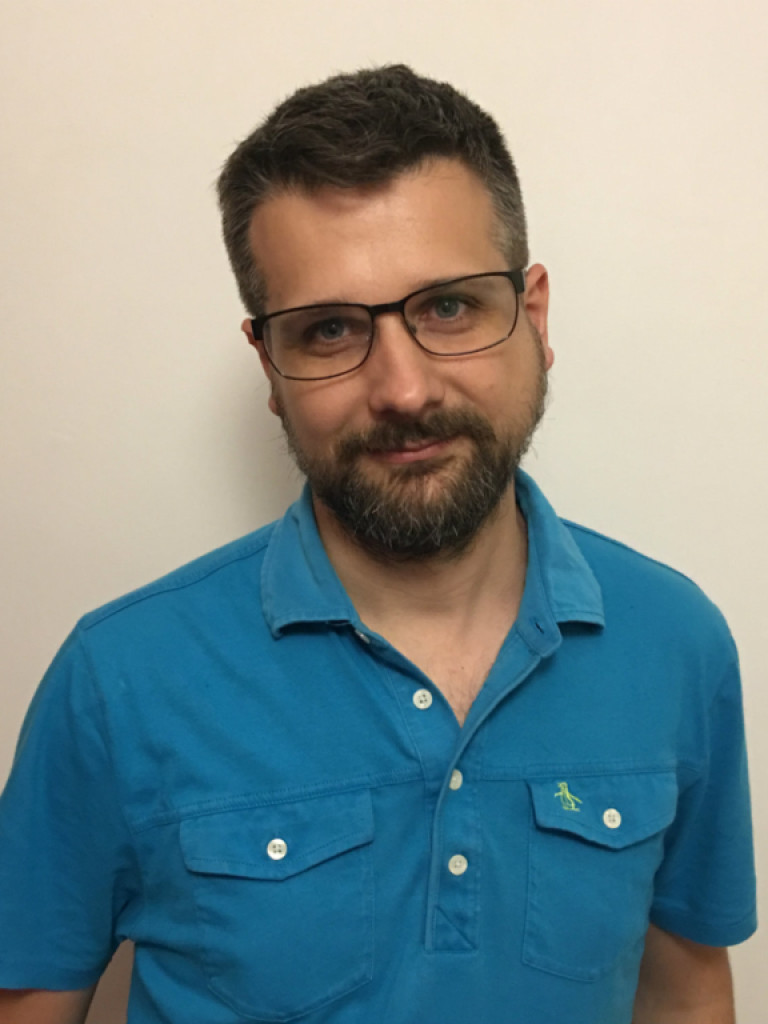
LUCAS VIANO
- 2016
- Press Fellow
Lucas Viano is professor of science journalism at the National University of Cordoba (Argentina), where he studied Social Communication. Since 2004, he has worked as a journalist for the newspaper La Voz del Interior in Córdoba, where he writes about science and environment. He has been awarded scholarships to participate in international conferences on science and environment by the Organisation of American States (OAS), the Jack Ealy Foundation, the American Association for the Advancement of Science and the Earth Journalism Network. Since 2014, he has been writing for the Spanish website of Scientific American. 1. Why did you choose to become a science journalist? I have liked science since my childhood, when my mom bought me popular science magazines. After starting a career in Social Communication, I entered the newspaper La Voz del Interior in Córdoba. This city has numerous universities and institutions dedicated to research, but this activity was not reflected in the newspaper. I decided to cover this area so I could join a deficiency of the mass media with my vocation for science. That was nine years ago. I think I chose the best possible way because today science and technology are becoming an increasing part of our daily lives. Science journalism is vital for citizens to understand the actual world. 2. What role do science and science communication play in your country? Science journalism is a specialty with few professionals in Argentina, but in recent years it has grown thanks to the impetus given to science from the government. Science journalism occupies a marginal place in the daily news agenda. Its role is more to show curiosities or indirectly used to explain natural phenomena that caused some catastrophe such as earthquakes or floods. Scientist is one of the most respected professions in Argentina, but scientists are seen as uncommon people performing incomprehensible experiments. In recent years, scientists have become more visible in mass media and that has helped to show their human side and expose their professional problems, which are similar to those of any other Argentine worker: low wages, inadequate space of work and lack of funding for their research. 3. In your opinion, which are the walls that will have to fall in science and society within the next five years? The next walls to fall in science are the ethical dilemmas that will bring along the next scientific advances such as nanotechnology and genetic edition. The positive side of these technologies is to improve the quality of life of people, but we ignore the negative effects they can have on the human body and the environment. Moreover, in some cases they involve such extreme atoms and genes manipulations that they may be challenged by more conservative sectors. In turn, another problem will be how to ensure that these technologies are accessible to all countries and people, including the poorest. All these problems are difficult to solve and should begin to be discussed and be part of the political and journalistic agenda now, before the technologies are mature to reach society. 4. What are the biggest threats/obstacles to good science journalism and how could we tackle them? Today, journalism is facing major threats (Internet, social networks, etc.) that may end with the idea that media can be a good deal. This situation affects all fields of journalism equally and in particular those dedicated to scientific news because, at least in my country, it is the least consolidated area of a mass media and can be the first to disappear. In turn, the major challenge of science journalism is to stop posting so much news that emphasize the fascination of scientific research on people and start questioning whether scientists, managers of science and other actors are doing their work the way they should. It is the first task that any journalist must do, but in science it is not done because of the lack of tools that journalists have to act as watchdog. The way to solve this problem is to improve the training of journalists and that more professionals get engaged with this activity in mass media. Thus there will be more eyes and they would be better trained to do critical journalism.